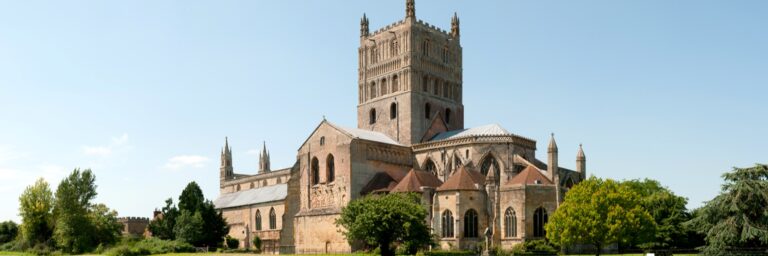| CC4HH
The Legacies of Slave Ownership in Pittville and Cheltenham
This year, our students are working on a number of important local history projects covering the hidden lives of prominent women, exploring the experiences of lockdown, and uncovering links with slavery. All the projects will be exhibited in September as part of the ‘City Voices’ programme of the Gloucester History Festival. This post is one of five projects, and explores the legacies of slave ownership in and around Gloucester, and includes Alfie Lansdown, Jack Vincent, Sam Hodges, and Will Clark.
Our research project focuses on the legacies of slavery in Cheltenham, and we chose this topic partly in response to the recent protests around the portrayal of slaveholders in Britain and the corresponding Black Lives Matter movement. We aim to discover the ways in which legacies of the transatlantic slave trade are still visible around the area in which we live and study. Our research has considered the effects and legacies of the 1833 Slavery Abolition Act. We aim to uncover the historical opinions of local people by researching the time period around when the act was debated in order to see if the abolition movement was supported locally. We’ve also been looking directly at the legacies of slavery evident in Pittville today, one of Cheltenham’s most distinctively Regency-era areas . We have focused on two key individuals who benefitted from slavery and were compensated directly by the 1833 Act.

Our research began by identifying the connections to slavery amongst people who lived in the Pittville area. First, we used the UCL database of Legacies of British Slave Ownership, and work done by Pittville History Works to identify the most significant local slaveholders. One of the key individuals is Solomon Mendes Da Silva, who lived at 5 Blenheim Parade in Pittville. He received over £6000 in compensation (equivalent to £767,000 today) for his plantations and the slaves who lived on them. His largest plantation, in St Ann’s, Jamaica, covered 300 acres and had 96 enslaved workers. Da Silva is significant to our study because he directly benefitted from the act. He generously spent this money in the local Jewish community and put funds into a local Synagogue. He spent his final years living in the gated community around Pittville Park, which has many of its large homes still standing

.
We have made extensive use of the British Newspaper Archive to investigate the opinions of local people at the time of abolition. Through a collection of local newspapers we discovered that there was general support for abolition in Cheltenham. The Assembly Rooms hosted many large gatherings that debated the morals and validity of slavery. We also identified Cheltenham’s first Member of Parliament, elected in 1832. Craven Fitzhardige Berkeley petitioned parliament on behalf of the Cheltenham abolitionists. Furthermore, he was an advocate for progressive rights movements. The local community continued to advocate for abolition after the British Abolition Act was passed. Lectures continued at the Assembly Rooms pressing for the total abolition of slavery across the Atlantic, and many prominent abolitionists were invited to speak, including Britain’s leading abolitionist George Thompson.
So far, our research has given us a crucial understanding of the direct effects of slavery on Pittville and Cheltenham. Our study has shown that the problems linked to slavery directly affected the whole town and that slavery had an extensive reach.



